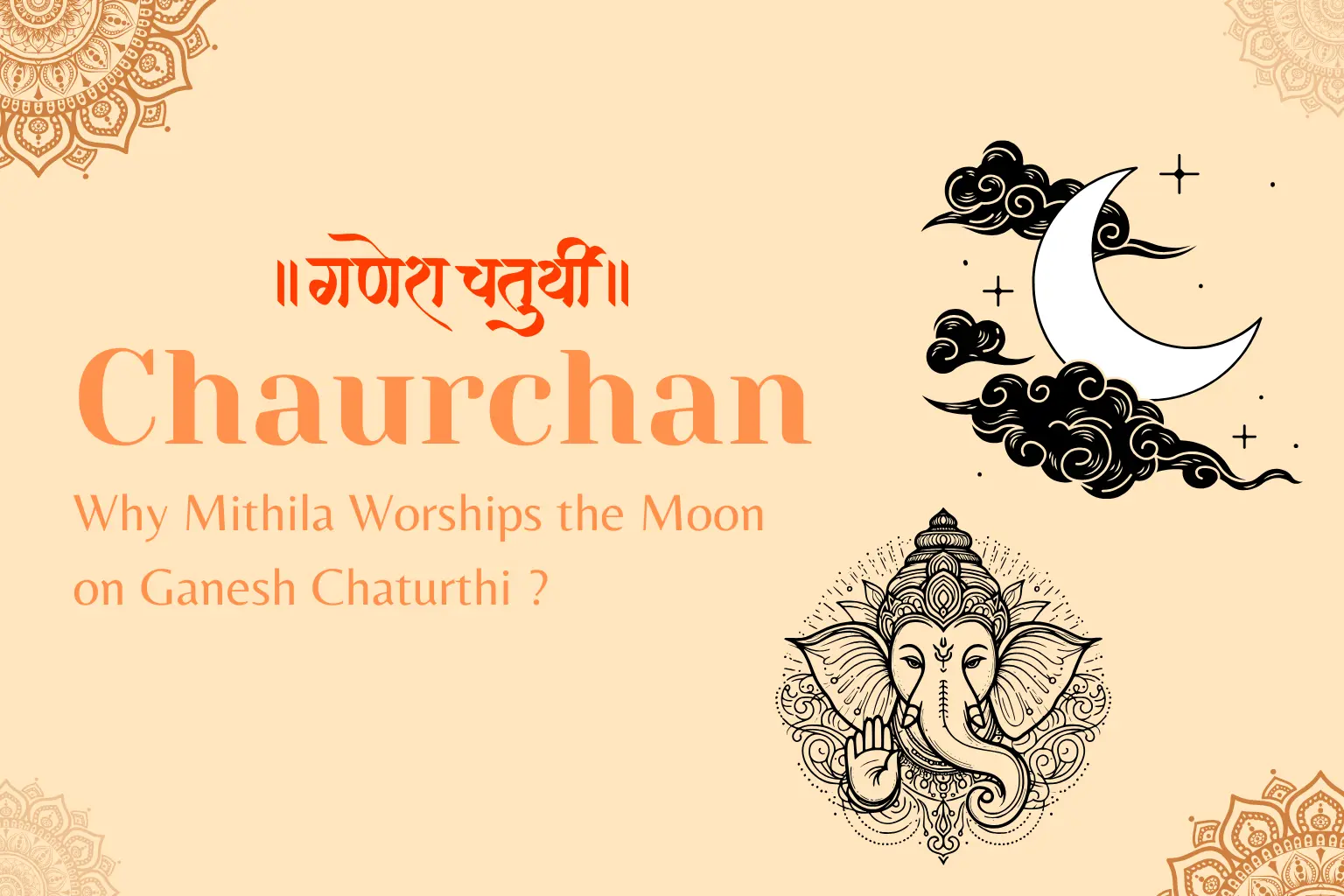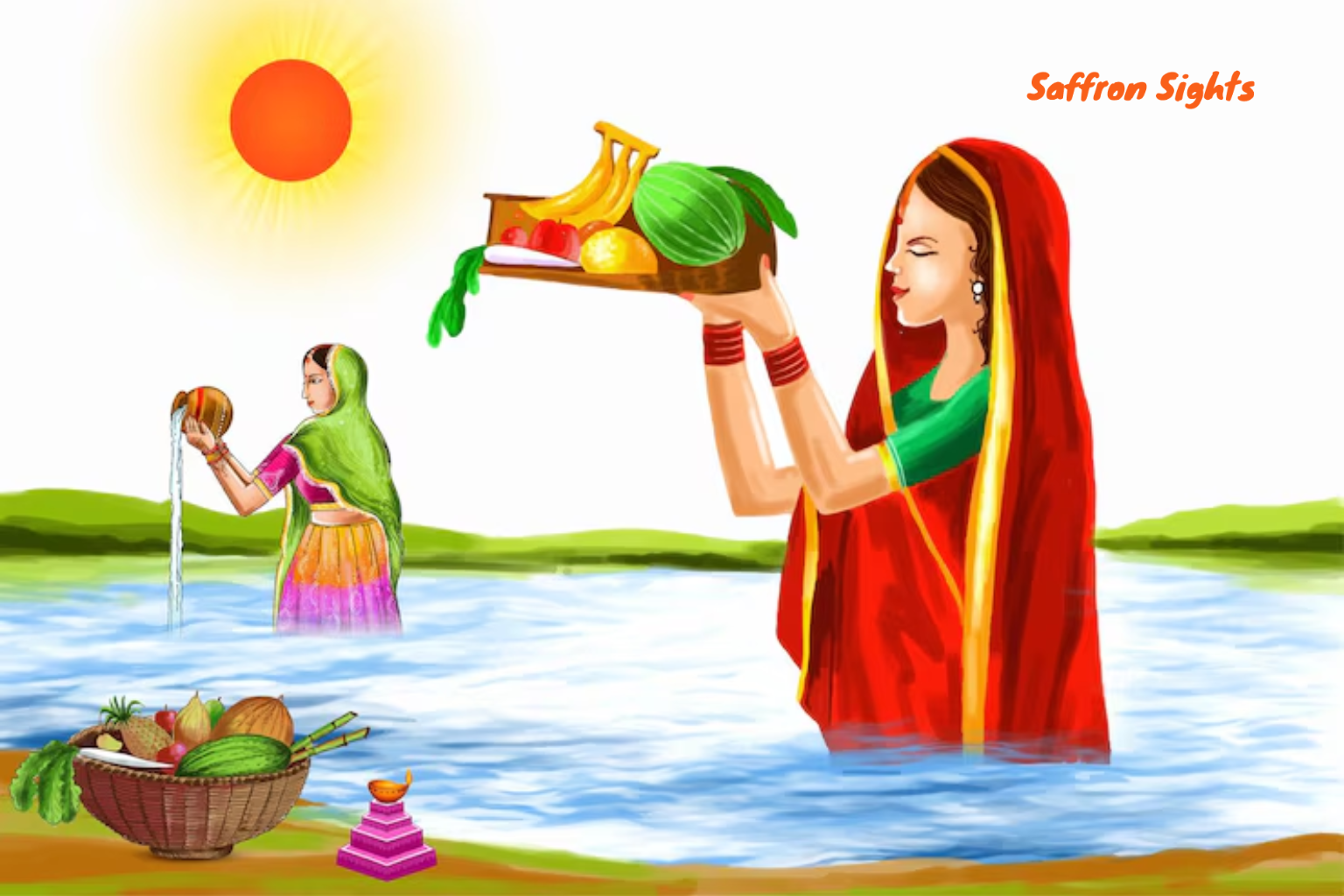Ever heard of a hill that relates stories of old wisdom, demons, and gods? Mandar Hill (मंदर पर्वत), a timeless monument to the amazing tales of the Vedic Age, is hidden away in the center of Bihar. This holy hill is a historical, spiritual, and mythological treasure trove in addition to being a geographical wonder. Mandar Hill will fascinate you whether you’re a history lover or looking for peace.
A Hill Rich in Mythology
Mandar Hill is no ordinary hill. It is believed to be the very Mandarachala Parvata (मंदराचल पर्वत ) used in the Samudra Manthana (churning of the ocean) described in ancient scriptures like the Bhagavata Purana and Vishnu Purana. According to mythology, Lord Vishnu took the form of a tortoise to support the hill during the churning. Mandar Hill is an important representation of harmony and the intervention of God because of this act of balancing cosmic energies.
The hill also has connections to the demons Madhu and Kaitabha, who were defeated by Lord Vishnu. It is said their severed heads lie buried under the hill, adding another layer of mystique. Lord Vishnu, revered here as Madhusudana, has a temple at the base of the hill, attracting pilgrims throughout the year.
Spiritual Significance of Mandar Hill
Mentioned in texts like the Vishnu Purana and Skanda Purana, Mandar Hill is a sacred site for Hindus. Pilgrims often visit the Madhusudana Temple to seek blessings. The hill is also home to the Papaharni Sarovara, a tranquil pond believed to wash away sins. Bathing here is considered a purifying ritual that brings spiritual benefits.
For Jain devotees, Mandar Hill is equally significant. It houses ancient Jain temples and sculptures, making it a hub of spiritual diversity. The hill also carries the footprints of Chaitanya Mahaprabhu, an incarnation of Lord Krishna, who visited during his spiritual journeys. This blend of religious traditions creates a serene and inclusive atmosphere.
Marks of the Churning of the Ocean
If legends fascinate you, Mandar Hill has plenty to offer. The rocks of the hill bear marks believed to be from Vasuki, the serpent used as the churning rope in the Samudra Manthana. Imagine standing on this sacred ground, where gods and demons once united for a cosmic mission. It’s a humbling experience that connects you to India’s mythological past.
Exploring Temples and Sculptures
The temples around Mandar Hill tell stories of devotion and resilience. At the foothill, the Madhusudana Temple is a prime attraction. Originally located atop the hill, it was moved to protect it from invaders. Devotees visiting the temple can also see the Madhusudana Mukha, a 15-foot carved face of Lord Vishnu, and admire its intricate artistry.
The Papaharni Sarovara has a small temple in its center dedicated to Lord Vishnu. This adds to the spiritual ambiance, making the area ideal for meditation and introspection. The hill is also dotted with ancient Jain temples, some featuring rare sculptures that highlight the artistic heritage of bygone eras.
Best Time to Visit Mandar Hill
The best time to explore Mandar Hill is between September and March, when the weather is pleasant. The hill becomes especially vibrant during Makara Sankranti, when the grand Mandar Madhusudana Mela is held. Thousands of pilgrims gather to take a dip in the Papaharni Sarovara and seek blessings. For Jain devotees, Mahavir Jayanti is another significant event celebrated with great enthusiasm.
How to Get to Mandar Hill
Reaching Mandar Hill is simple and adds to the adventure:
- By Air: The nearest airport is Deogarh, though Patna Airport is better connected to major cities. From there, you can take a taxi or bus to Baunsi.
- By Rail: The Mandar Hill railway station is the closest. Local transport options, including taxis and buses, are readily available.
- By Road: Baunsi, the base town for Mandar Hill, is well-connected by road. Regular state buses operate from cities like Patna, Bhagalpur, and Deogarh.
Why Mandar Hill Should Be on Your Travel List
Mandar Hill is more than just a geographical landmark; it’s a journey through history, spirituality, and culture. Standing amidst the serene landscapes, you can almost hear the whispers of ancient stories. The hill’s tranquil environment, combined with its mythological and historical significance, makes it an ideal destination for spiritual seekers and history enthusiasts alike.
When you visit Mandar Hill, you don’t just see a place; you experience a connection to something timeless. Feel the divinity in the air, marvel at ancient sculptures, and immerse yourself in the peaceful ambiance. It’s not just a trip; it’s a journey of self-discovery.
Plan Your Visit Today
Why wait? Pack your bags and head to Mandar Hill, where legends come alive and serenity awaits. Whether you’re in search of spiritual solace, historical wonders, or natural beauty, this hill offers it all. Don’t just read about the stories—be a part of them. Let Mandar Hill inspire your soul and leave you with memories to cherish forever.
Experience the magic of Mandar Hill. Plan your trip now and let the adventure begin!
Frequently Asked Questions
Who brought the Mandarachal Mountain?
According to Hindu mythology, the Mandarachal Mountain was brought by the gods to be used as a churning rod during the Samudra Manthan (churning of the ocean) to extract the nectar of immortality (amrit). It is believed that Lord Vishnu instructed the gods to use the mountain for this purpose.
Why is Mandar Hill famous?
Mandar Hill is famous due to its association with the Samudra Manthan. The hill is believed to be the Mandarachal Mountain that the gods and demons used for churning the ocean. It holds great religious and mythological significance, especially in Hindu beliefs.
Which mountain was used during the churning of the ocean?
The Mandarachal Mountain was used as the churning rod during the Samudra Manthan. The mountain was chosen for this purpose because of its size and stability, which helped in the churning process.
Which temple is located on Mandar Mountain?
There is a famous temple dedicated to Lord Shiva situated on Mandar Mountain. This temple is a significant pilgrimage site for devotees, especially during the month of Shravana.
Where is Mandar Mountain located today?
Mandar Mountain is located in the Munger district of Bihar, India. It stands as a place of great historical, cultural, and religious importance, drawing pilgrims and tourists alike.
What are the 14 gems that emerged from the ocean churning?
The 14 gems that emerged from the ocean during the Samudra Manthan, according to Hindu mythology, are: Halahal (poison), Kamadhenu (the wish-fulfilling cow), Airavata (the divine elephant), Uchhaishravas (the seven-headed horse), Kaustubha (a precious gem), Lakshmi (the goddess of wealth), Chandra (the moon), Ratnas (precious jewels), Sura (alcohol), Rudra (Lord Shiva), Ananta (the serpent), Vasuki (the serpent king), Panchajanya (a divine conch shell), Vishnu (the god)





Leave a Reply